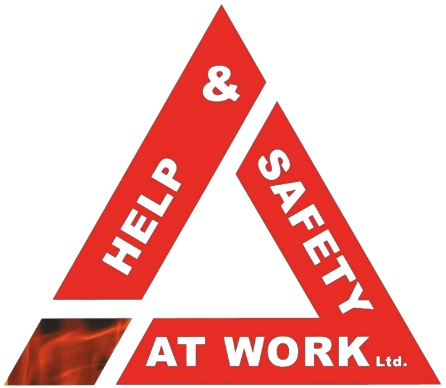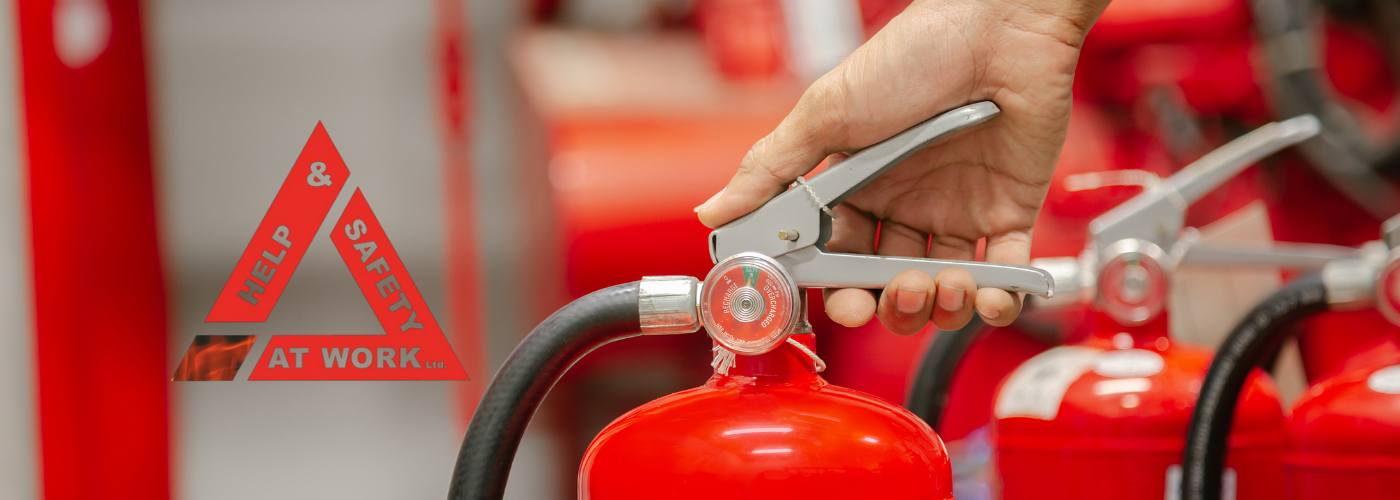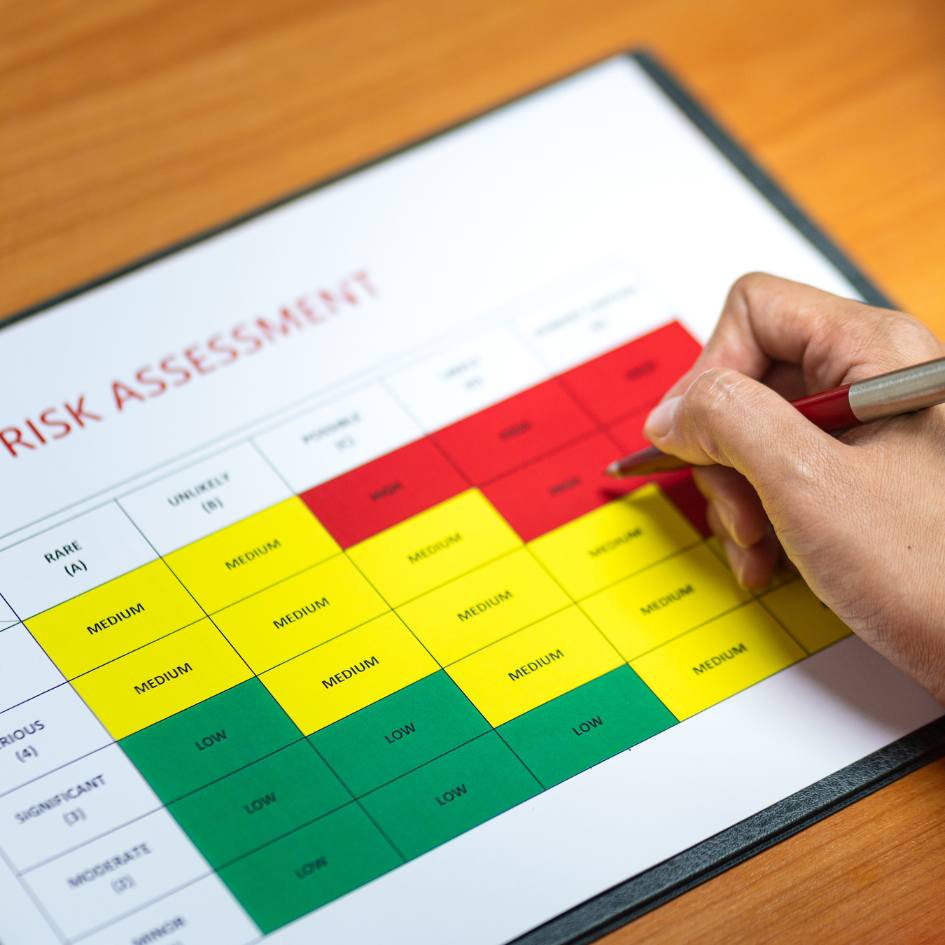Fires pose a serious threat to businesses, causing significant damage to property, risking lives, and disrupting operations. Understanding the primary causes of fires in business premises is crucial to adopt preventive measures effectively. In this blog post, we will address the top 5 causes of fires in business premises and discuss practical strategies to mitigate these risks.
1. Faulty Electrical Equipment: Electrical malfunctions are a leading cause of fires in business premises, often resulting from the use of old or faulty electrical equipment. Overloaded circuits, frayed wires, and outdated power distribution systems can all increase the risk of electrical fires. To prevent such incidents, businesses should prioritize regular electrical inspections and invest in quality electrical equipment. Upgrading to surge protectors, appropriate-sized circuit breakers, and properly grounded outlets can significantly reduce fire risks.
2. Poor Equipment Maintenance: Lack of regular equipment maintenance is another common factor contributing to fires in business premises. Equipment failure due to worn-out parts or malfunctioning components can generate excessive heat and sparks, leading to a fire.Employing routine maintenance schedules, addressing repairs promptly, and adhering to manufacturer guidelines for safe operation play a vital role in preventing equipment-related fires.
3. Irregular Checks: Frequent inspections encompassing fire prevention systems, such as smoke detectors, fire alarms, and fire extinguishers, are crucial in minimizing fire risks. These inspections help identify any faulty equipment, low battery levels, or system failures. Regular checks ensure that fire safety measures are functional and can be promptly repaired or replaced if needed.
4. Poor Housekeeping: Inadequate housekeeping practices can inadvertently fuel fires in workplaces. Accumulation of combustible materials, improper storage of flammable chemicals, or blocking emergency exits can all intensify fire hazards. Implementing a robust housekeeping program primarily focuses on removing clutter, proper storage of flammable substances, routine cleaning, and ensuring clear pathways for evacuation.
5. Arson: Though relatively less common, arson poses a significant threat to business premises, resulting in substantial losses and endangering lives. Mitigating the risk of arson involves implementing security measures, such as surveillance systems, restricted access, and employee background checks. Additionally, fostering a positive work environment and maintaining open lines of communication can help detect potential arson threats.
Preventing fires in business premises requires a comprehensive approach that encompasses regular maintenance, adherence to safety guidelines, and promoting fire safety awareness among employees.
By addressing the top 5 causes of fires discussed above, businesses can significantly reduce fire risks, safeguarding their assets, employees, and overall operations. Remember, proactive fire prevention is always the best defence.





